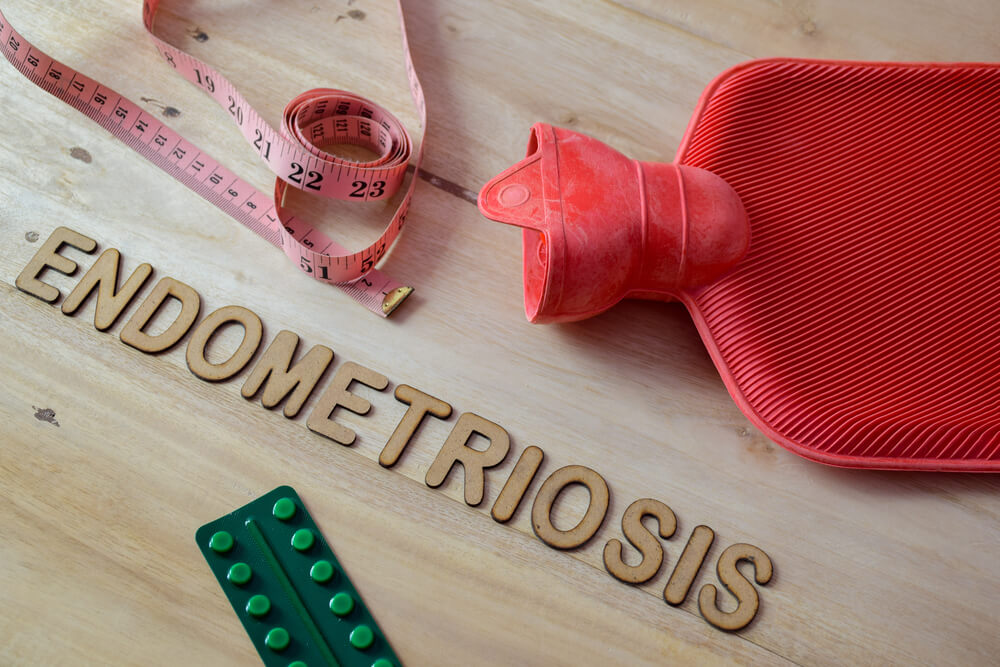The four different stages of endometriosis help to better describe the illness and diagnose and treat it appropriately. This article will educate you on these stages, as well as provide helpful information on what endometriosis is, the common signs and symptoms, risk factors, and possible treatment methods available.
That said, endometriosis is a severe disease plaguing around ten percent or 190 million girls and women of reproductive age around the world. If you or a loved one are experiencing symptoms of this condition, make sure to seek out an endometriosis treatment specialist in South Miami, Florida.
With that in mind, check out the different stages of endometriosis and other must-know facts about this illness. Read on.
What is Endometriosis?
Before jumping straight into the endometriosis stages, let us define what endometriosis refers to. In simple terms, endometriosis is an illness that affects women and girls of reproductive age. Patients with this condition have tissue similar to the uterus’s lining growing outside of their uterus. As a result, patients with this illness experience pain, infertility, and other uncomfortable and debilitating symptoms. For instance, this chronic illness is typically linked with life-impacting or severe pain during menstrual cycles, bowel movements, urination, and sexual intercourse.
It is essential to keep up with regular gynecological appointments. If you have any questions, doubts, or concerns related to your health, consider Obstetrics and Gynecology in South Miami.
The Four Endometriosis Stages

Now that you are more familiar with what this illness refers to, it is time to discuss the different stages of this condition. As mentioned, there are four endometriosis stages. The purpose of the classification systems is to assist the healthcare provider in making the best possible diagnosis for your condition and to provide suitable treatment.
Depending on the extension of the illness, the affected organs, and unique circumstances, endometriosis may show itself in different forms and a wide array of medical presentations. The ASRM, or the American Society for Reproductive Medicine, developed the most widespread and popular classification system. Based on the depth of infiltration and the number of lesions, we differentiate between:
- Minimal or Stage I
- Mild, also referred to as Stage II
- Moderate or Stage III
- Severe Endometriosis or Stage IV.
This classification utilizes a point-based system to represent the endometriotic lesions quantitatively. By doing this, the illness can be numerically scaled. For instance, the mild or minimal disease is when the score is 15 or below, while 16 points or higher can indicate severe or moderate illness. However, the score or the severity of endometriosis is not always linked to the presence of other symptoms or the level of pain the patient experiences.
Moreover, some people may falsely believe that the different endometriosis stages point to the fact that, like cancer, this disease starts in one body part before spreading to other organs. However, endometriosis does not develop like cancer. Moreover, experts claim that the different endometriosis stages do not correlate to how chronic pain and infertility can affect the patients with this illness. Additionally, this means that the four endometriosis stages do not always guide treating the disease in different patients. Experts also claim that a patient with mild to minimal endometriosis can experience more pain than an individual with severe endometriosis. However, a person with stage 4 endometriosis will likely be less fertile than a woman with stage 1 or stage 2 endometriosis.
With this in mind, here are the four different stages of endometriosis based on the ASRM classification system:
- Stage I (between one and five points): The manifestation of the condition is minimal, and there are only a few implants present, all of them superficial.
- Stage II (between six and 15 points): The manifestation of the conditions is mild, and there are more and deeper implants present.
- Stage III (between 16 and 40 points): The manifestation of the condition is moderate, and there are numerous deep implants. Stage three patients may have a small endometrial cyst on either only one ovary or both. Filmy adhesions may also be present.
- Stage IV (Over 40 points): The manifestation of endometriosis is severe, and there are numerous deep implants evident. The patient can have a sizeable endometrial cyst on one ovary or both and multiple dense adhesions.
EndoFound Endometriosis Classification
As hinted to, the ASRMsystem displays some limitations and does not always precisely match the affected individual’s symptoms. Moreover, fertility levels may not always be accurate.
Hence, the Endometriosis Foundation of America or Endofound.org proposed another classification system using more descriptive categories. Namely, it includes infiltration levels and anatomical location.
Here are the different categories of endometriosis stages:
- Category I or Peritoneal Endometriosis: This is the mildest or most minimal form of the illness in which the endometriosis tissue infiltrates the membrane lining the abdomen (also referred to as the peritoneum).
- Category II or Ovarian Endometriomas or Chocolate Cysts: The patient has endometriosis already present within their ovaries. An endometrial cyst in this form is particularly concerning due to the risk of breakage. As a result, endometriosis can spread within the patient’s pelvic cavity.
- Category III or Deep Infiltrating Endometriosis I or DIE I: This is the initial form of deep infiltrating endometriosis that involves the organs within the patient’s pelvic cavity. For instance, these organs include the uterus, the rectum, and the ovaries. As a result, the patient may experience the distortion of the anatomy of pelvic organs.
- Category IV or Deep Infiltrating Endometriosis II or DIE II: This is the most extreme form of deep infiltrating endometriosis, and it involves the organs both outside and within the pelvic cavity. For instance, it can include the lungs, heart, appendix, bowels, and diaphragm.
What are the Symptoms and Signs of Endometriosis?
There are many symptoms of endometriosis, including:
- Pelvic pain or pain in the back or lower abdomen
- Pain during or after sexual intercourse
- Menstrual pain that stops you from everyday activities
- Difficulty conceiving a child
- Pain when peeing or defecating during your menstrual cycle
- Feeling constipated, sick, or seeing blood in your urine during your menstrual cycle
- Heavy and painful menstrual cycles
- Mood swings
In most cases, the type and the stage of endometriosis will not affect the symptoms. For instance, as mentioned before, a person with stage 4 endometriosis may experience less pain than patients with stage 1 endometriosis. That said, infertility is the only exception. Namely, patients with stage 3 or stage 4 endometriosis are more likely to deal with fertility complications compared to stage 1 or stage 2.
What Causes Endometriosis?

There are a few possible causes of endometriosis, including:
- Embryonic cell transformation
- Disorder of the immune system
- Surgical scar implantation
- Retrogade menstruation
- Transformation of peritoneal cells
However, experts are still unsure what is the exact cause of this condition. Further research is needed to determine the cause of endometriosis.
With that in mind, several risk factors can boost a person’s chances of endometriosis. These include:
- Experiencing menopause at an older age
- Experiencing a menstrual period at an early age
- Never experiencing childbirth
- Having a low BMI or body mass index
- Short menstrual cycles (less than 27 days)
- Having relatives with endometriosis (such as a sister or a mother)
- Having high estrogen levels
- Having reproductive tract disorders
How is Endometriosis Treated?
Typically, endometriosis treatment involves surgery or medication. Depending on the severity of the signs and symptoms of the illness, your doctor will recommend the best choice for you.
Are you or someone dear to you dealing with endometriosis? Reach out to OB-GYN Specialists of South Miami and book a schedule today.


